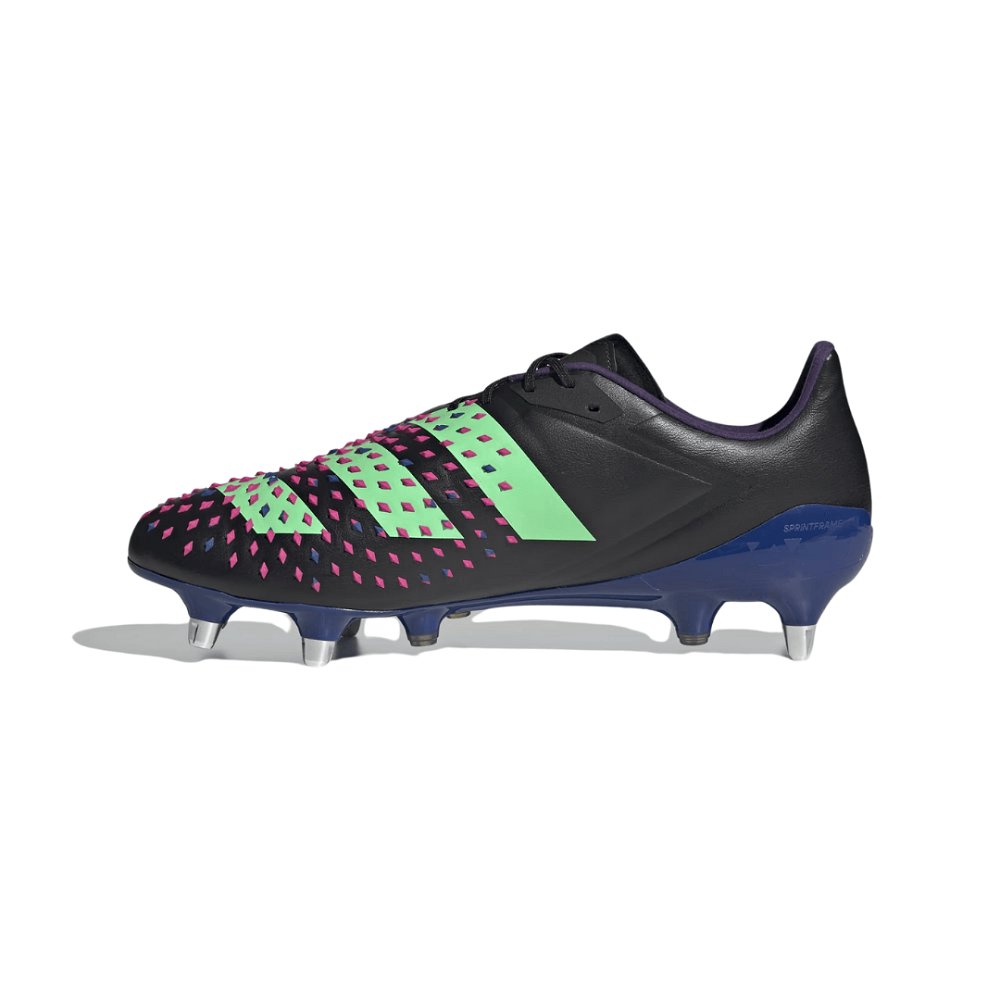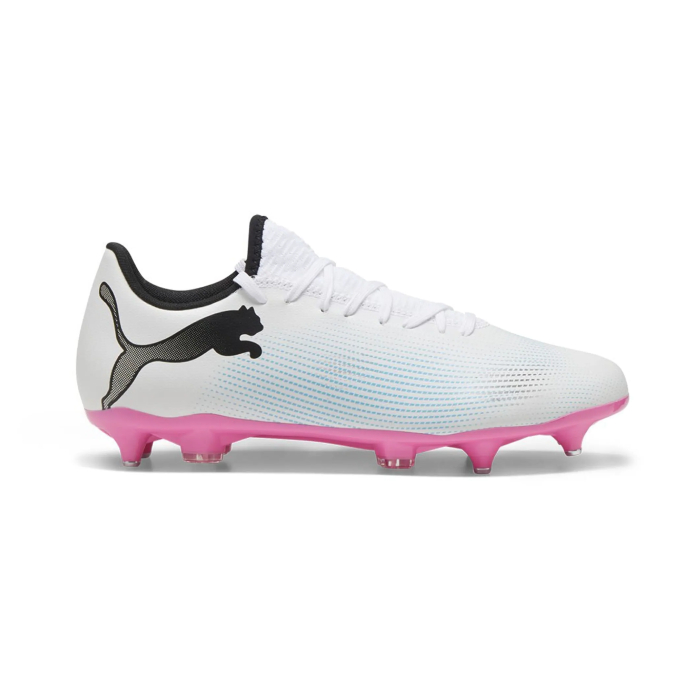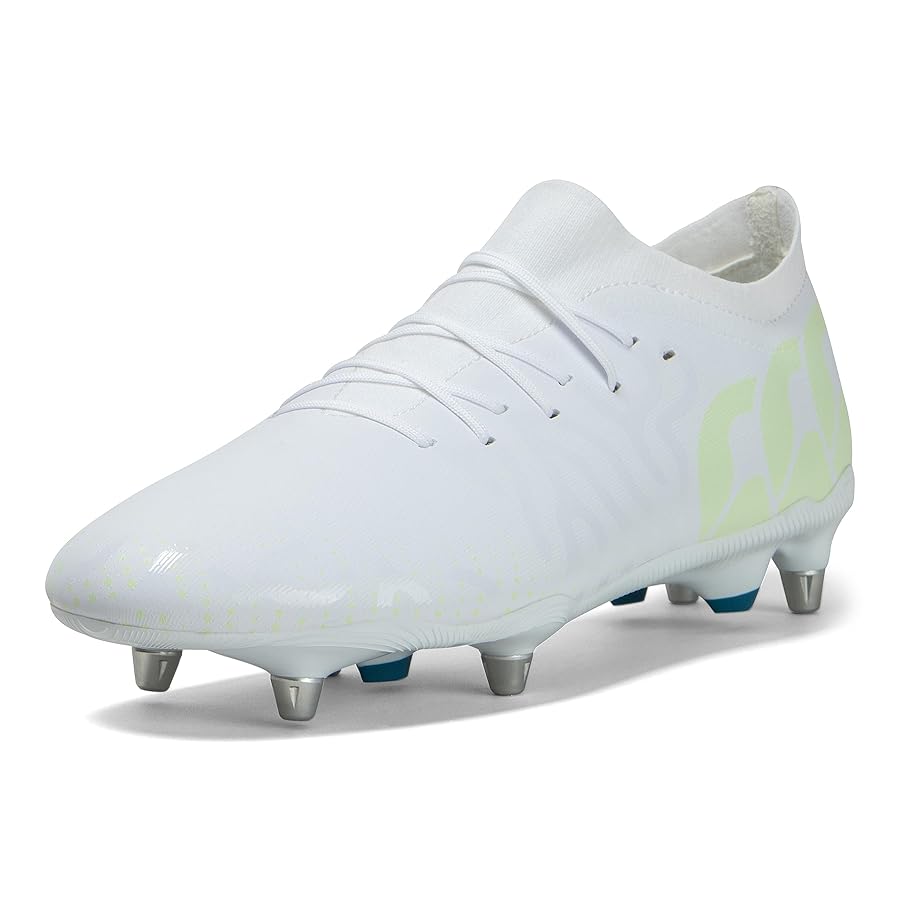Rugby is a physically demanding sport that requires agility, speed, and stability. One of the most important pieces of equipment for any rugby player is a good pair of cleats. Choosing the right rugby cleats can greatly influence your performance on the field. The right footwear offers support, traction, and comfort, allowing you to focus on your game. In this article, we will delve into the factors to consider when selecting rugby cleats based on your playing style and position on the field.
Understanding Rugby Cleat Types
Types Based on Playing Conditions
Rugby cleats are designed to cater to different playing conditions, which can vary based on the weather and the type of pitch. For instance, soft ground cleats typically have longer studs designed for easy grip in muddy or wet conditions. They provide additional traction in slippery situations, preventing players from slipping and falling. On the other hand, firm ground cleats are more versatile and are designed for use on natural grass and artificial turf, balancing grip and comfort.
Types by Design
Rugby cleats come in various designs, including low-cut, mid-cut, and high-top styles. Low-cut cleats are lightweight and offer the most freedom of movement, making them a popular choice for backs who prioritize speed and agility. Mid-cut cleats provide a bit more ankle support while still allowing for movement flexibility, making them suitable for various playing styles. High-top designs offer maximum ankle support, which is especially beneficial for forwards who engage in intense physical battles during the game. Understanding these styles helps players choose cleats that suit their specific needs on the field.
Stud Configuration
The configuration of studs on the sole of the cleat also plays a role in performance. Rugby cleats typically have conical or blade-style studs. Conical studs allow for smooth rotations and quick cuts, which can be advantageous for players who need to change direction quickly. Blade-style studs tend to provide more stability and grip, making them suitable for players who engage in more straightforward, powerful actions. Selecting the right stud configuration is essential for optimizing traction and performance during gameplay.
![]()
Key Features to Consider
Fit and Comfort
Finding the right fit is critical when choosing rugby cleats. Shoes that are too tight can lead to discomfort, while overly loose cleats can cause instability. It is crucial to measure your foot size accurately before purchasing. Rugby cleats should fit snugly but still allow for some wiggle room in the toes. Consider trying on cleats with the socks you will wear during games to ensure the best fit.
Ankle Support
Depending on your playing position, you may want to prioritize ankle support in your choice of rugby cleats. Players who engage in heavy contact often benefit from high-top cleats that offer extra protection and support. On the other hand, backs may prefer a more flexible, low-cut design for better speed and mobility. Focusing on fit and comfort will make a significant difference during intense matches.
Weight of the Cleats
The weight of the cleats can impact your performance. Light cleats are advantageous for speed and agility, allowing you to move quickly across the field. Heavy cleats, while durable, can slow you down. It is essential to find a balance between weight and performance. Consider your playing style and how the weight of the cleats affects your movement.

Material Quality
The materials used in the construction of rugby cleats also affect weight, durability, and comfort. Leather cleats often provide excellent durability and a classic fit but can be heavier compared to synthetic options. Synthetic cleats may be lighter and water-resistant, which can enhance comfort during wet conditions. Evaluating the materials is crucial for finding cleats that meet your specific needs.
Traction and Grip
The level of traction provided by rugby cleats directly impacts your performance on the field. Different positions require varying levels of grip. Forwards require cleats with excellent grip for powerful scrums and quick pushes, while backs may benefit from studs designed for quick changes in direction.
Stud Length and Spacing
The length and spacing between the studs are important considerations as well. Longer studs generally offer better grip in muddy conditions but can be less effective on firm ground. On the other hand, shorter studs typically provide better traction on hard, dry surfaces. Understanding the pitch conditions you will be playing on helps in selecting the best stud length and spacing for optimal performance.

Recommendations Based on Playing Style
Cleats for Forwards
Forwards often engage in physical contact and require cleats that offer stability and support. Look for rugby cleats with a high-top design that provides additional ankle support. Models with longer studs are ideal for soft ground, allowing you to maintain grip during scrums and rucks. Durability is also a crucial factor, as forwards are likely to experience wear and tear on their footwear. Brands like Canterbury and Adidas offer reliable options tailored for forwards.
Recommended Model: Canterbury Phoenix
The Canterbury Phoenix is a popular choice for forwards due to its reinforced design and sturdy support. The high-top construction provides maximum ankle stability, helping players stay agile during scrums. Its durable materials and robust stud configuration ensure optimal performance in various conditions.
Cleats for Backs
For backs, speed and agility are paramount. Backs benefit from lightweight, low-cut cleats that allow for quick movements and easy changes in direction. Look for models that prioritize grip without sacrificing comfort. The ideal pair should enable swift acceleration and provide reliable traction on the field.
Recommended Model: Nike Mercurial
The Nike Mercurial is an excellent option for backs, known for its lightweight design and responsive feel. The low-cut style allows for freedom of movement, while its conical studs ensure excellent traction on firm ground. Backs wearing this model can capitalize on their speed and agility, making it a top choice for dynamic gameplay.
Cleats for Junior Players
When it comes to youth rugby players, selecting the right cleats is just as important as with adult players. Young athletes will benefit from cleats designed specifically for their developing feet. Look for shoes with flexibility, comfort, and adequate support.
Recommended Model: Adidas Goletto
The Adidas Goletto series is designed with junior players in mind. These cleats offer a comfortable fit with a lightweight construction, making them ideal for young athletes looking to improve their skills. The durable upper material provides support and stability during play, nurturing a love of the game in younger players.

Additional Tips for Choosing Rugby Cleats
Testing and Trialing
Before making a purchase, it is always a good idea to test the cleats. If possible, visit a store where you can try on different models. Walk around and simulate movements you would normally do during a game. Pay attention to the fit, comfort, and any areas that may feel too tight or loose. Trying them on with the socks you plan to wear can provide a more accurate sense of how they’ll perform during play.
Considering Your Budget
While it’s important to invest in good footwear, consider your budget when choosing rugby cleats. High-quality options can be found at various price points, so it’s possible to find a pair that fits within your budget without sacrificing comfort or performance. Remember that investing a bit more in a good pair of cleats can save you money down the road by reducing the need for frequent replacements.
Caring for Your Rugby Cleats
Cleaning and Maintenance
After each game, take a moment to clean your rugby cleats. Remove any mud or grass, as these can harm the materials if left to dry. Use a soft brush and lukewarm water to clean them gently. Let them air dry away from direct sunlight or heat sources, as excessive heat can warp the materials.
Storing Your Cleats
Proper storage also enhances the longevity of your rugby cleats. Store them in a cool, dry place, preferably using shoe bags to protect them from dust and moisture. Avoid stacking heavy items on top, as this can distort their shape. Proper care and maintenance of your cleats will ensure they remain supportive and comfortable for many seasons of play.

Conclusion
Choosing the right rugby cleats is crucial for enhancing performance, comfort, and safety on the field. By understanding the various styles, features, and recommendations based on playing positions, players can find the perfect pair to suit their needs.
Regular maintenance and proper care will ensure the longevity of your cleats, allowing you to focus on improving your skills and enjoying the game. Embrace the freedom and excitement that comes with rugby, armed with the knowledge to select and care for the right footwear.
As you lace up those cleats for practice or the big game, remember their significance in your performance and overall experience. Investing time and thought into selecting the right rugby cleats will pay off, and you’ll be ready to take on the challenges that come with the sport. So hit the field confidently, knowing you have the right gear to support you along the way!
